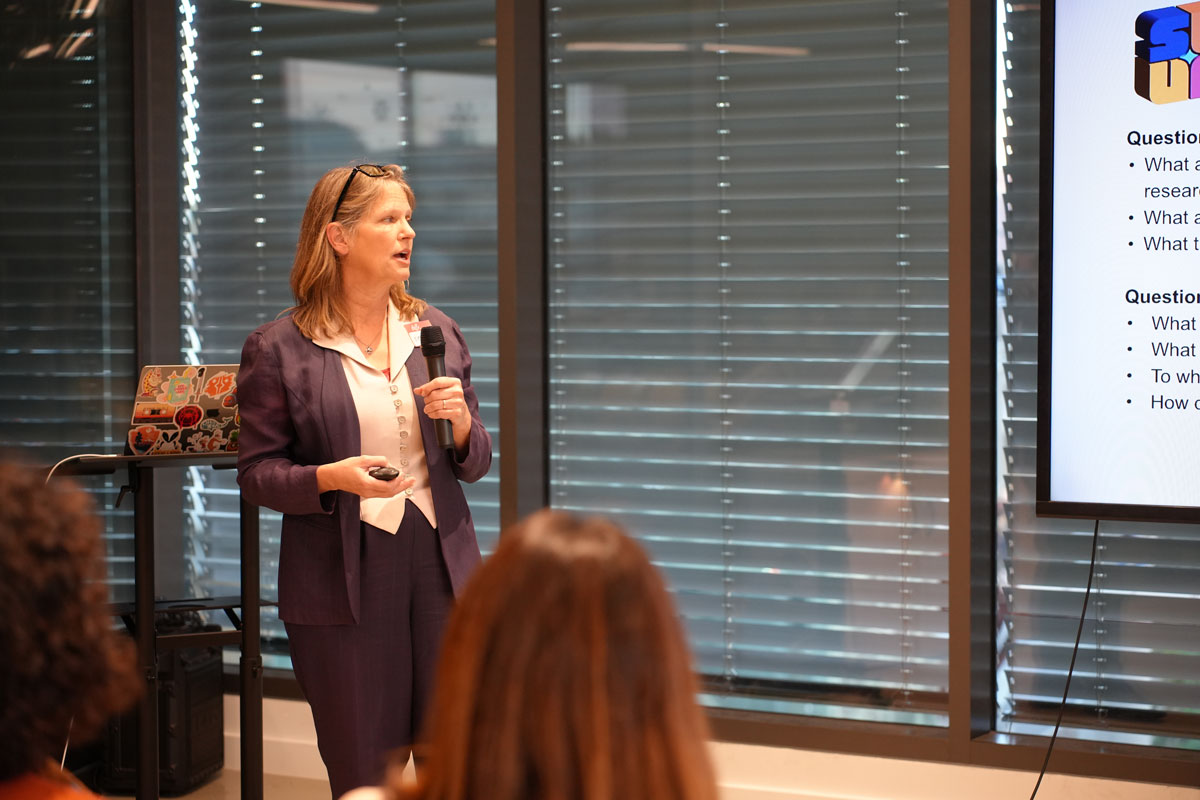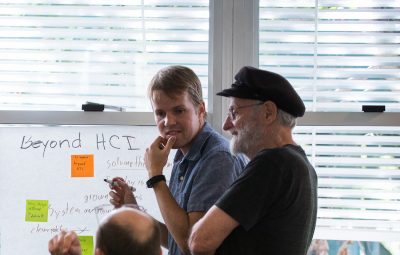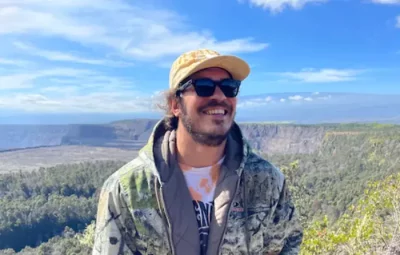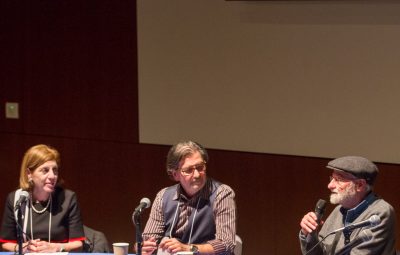This project aims to bridge the communication gap between faculty and undergraduate students at UC San Diego, focusing on enhancing faculty understanding of undergraduates’ needs to improve research outcomes and establish best practices in mentorship. Recognizing the diverse motivations and pressures on faculty members—categorized as new-to-UCSD, post-tenure, and recently minted PhDs or postdocs—the project seeks to tailor support for faculty in mentoring roles while also addressing the needs of students for support and guidance.
Initial findings highlight a perceived dichotomy between teaching (including mentoring) and research responsibilities among faculty, with early career faculty facing particular challenges in mentoring due to existing pressures. Despite difficulties in engaging faculty for interviews, the project underscores the importance of ongoing communication, appropriate project selection, and introducing undergraduates to professional norms and networks. Recommendations include continued research to understand better and address these dynamics, specifically focusing on training faculty to mentor undergraduate researchers effectively.
Our project began with a robust discussion of our problem statement and thinking through who the project was focused on.
How might we help faculty better understand undergrad needs to communicate requirements, establish best practices, and improve research outcomes.
The staff members of our team zeroed in on the faculty component of the problem statement, while the student team members focused more on learning about student needs. Ultimately, through our conversations, we came to a mutual understanding that while much of our project should focus on how to communicate with faculty mentors and provide structures for them to succeed in student support, it is also essential to work with students to find out how they want to be supported. There is another team that is more explicitly focused on the latter topic.
Discover: Stakeholder Map
Given that we are talking about connecting faculty to undergraduate students, our primary stakeholders include faculty at UC San Diego who are interested in taking undergraduate researchers and the undergraduate students themselves. However, another stakeholder group that should be included is faculty not interested in taking in undergraduate students, so we can convince them to do so through the proper preparation of prospective students.
We separated faculty into three categories, as they may have different pressures and motivations: new-to-UCSD faculty (who may have worked at other institutions), post-tenure faculty, and recently minted PhDs or postdocs. They may have more or less familiarity with the resources and students at UCSD, as well as time to mentor them. For example, those on the tenure clock may have less time toward mentoring than it is not valued as highly in the promotion and tenure process as published research or successful grant applications.
Discover: Interviews
Our team contacted several faculty in late November to ask about participating in an interview with us. Only one faculty member responded to us, and that was to decline participation. The timing of when this portion of our work fell in the academic calendar made it especially difficult to connect with faculty. We found value in thinking through the types of questions we were interested in exploring with faculty (both those who had and had not supervised student researchers), which helped us determine the search parameters for secondary research.
Discover: Secondary Research
Many faculty members view undergraduate research as a teaching responsibility rather than a research responsibility, and these responsibilities are often conflicting. For students to succeed, faculty need to identify research projects appropriate to a student’s skill level and work within the student’s zone of proximal development. While it is unreasonable to expect faculty to be available at all times to undergraduate researchers, ensuring that ongoing communication occurs and undergraduates can ask questions is crucial. Both faculty mentors and undergraduate student researchers benefit from having communities of peers. To promote student success, it is equally essential for research mentors to introduce undergraduate researchers to professional norms and networks to complete specific project work.
- Due to other pressures, early career faculty may need more support to mentor undergraduate students.
- There appears to be a tension between teaching-related activities (including mentoring) and research activities.
- Faculty may need more training to identify appropriate tasks and scaffolding for beginning-level lab researchers.
Due to the timing of the quarter, we struggled to get engagement from our stakeholder population. We recommend continuing the research for this project in upcoming quarters to gather more local insight.

This team collaborated during the SPUR 1.0 program term to further understand a problem statement and develop a potential solution. We recognize the collaborative work of the individuals who furthered our community’s knowledge of scaling paid undergraduate research.
- Dani Cook, Associate University Librarian, Learning and User Experience
- Kirsten Kung, Research Programs Coordinator, URH
- Madison Kim, Student, Cognitive Science (Design/Int)
- Ryan Ding, Student, Computer Science
- Smrithi Suresh, Student, Nanoengineering
- A.S.H. Harris, MechEng / Junior Designer Program
Thank you for evaluating this and other SPUR Team projects. Each evaluation takes approximately 2-minutes to complete.
Please review the story and answer the five questions based on your knowledge, experience, and perspective. Your feedback will help us to learn, work, and develop ideas that will impact paid undergraduate research opportunities at UC San Diego.





